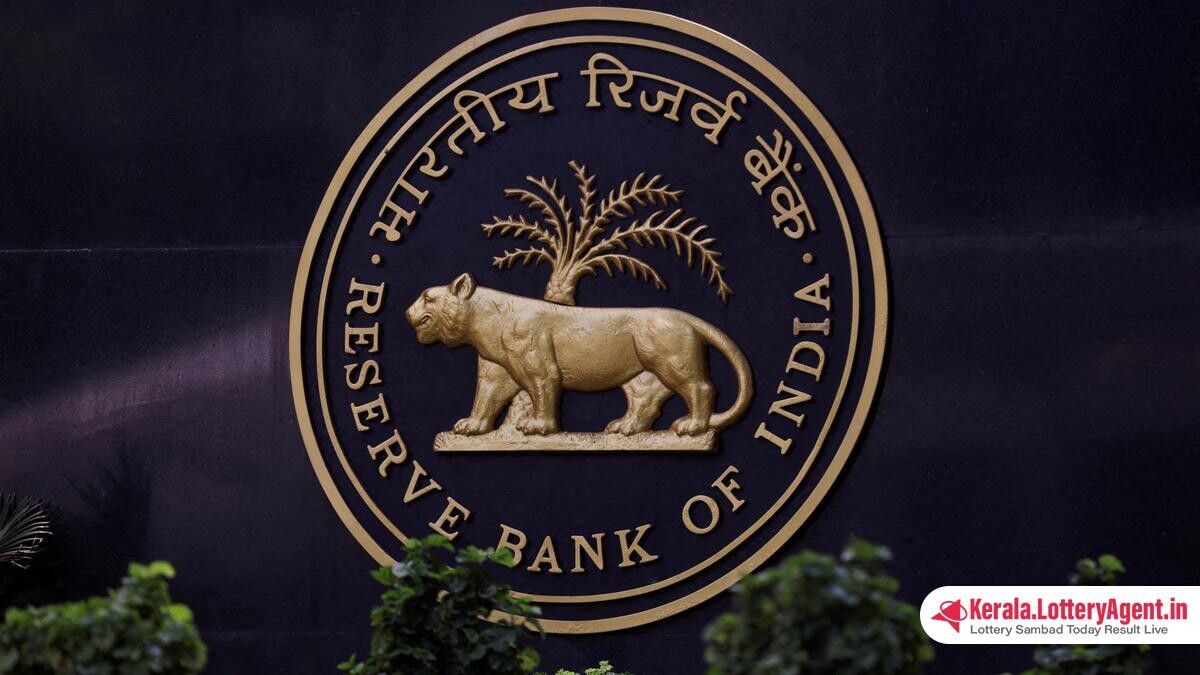
The Indian real estate and infrastructure sectors have seen a remarkable inflow of investments through Real Estate Investment Trusts (REITs) and Infrastructure Investment Trusts (InvITs), collectively amassing a robust ₹1.3 lakh crore over the last four years until March. As the Reserve Bank of India highlights in a recent report, these investment vehicles are expected to usher in a new era of pooled funds, boosting economic development.
With India’s rapid economic growth trajectory, high net-worth individuals and other investors are increasingly recognizing the potential of REITs and InvITs as alternative investment strategies. According to a feature in the RBI’s April Bulletin on ‘State of Economy’, although India embraced REITs and InvITs somewhat belatedly, the market is currently thriving, with these platforms having successfully mobilized substantial funds since the fiscal year 2019-20.
The buoyancy of this market segment was evident in March with an InvIT launch raising ₹2,500 crore through its public issuance, drawing considerable foreign investment. Notably, the market overseer Securities and Exchange Board of India (SEBI) has relaxed the minimum investment requirements and trading lots, which has led to increased retail participation in these investment mechanisms.
Further nurturing the potential growth of REITs, SEBI introduced regulations on March 8, 2024, for small and medium REITs. This move is likely to promote pooled investments across a wider real estate asset base, presenting these assets as regulated financial products and thereby spearheading further development within the REIT sector in India.
Banking on this investment initiative, RBI Deputy Governor Michael Debabrata Patra and his team suggest that more inclusive economic progress is on the horizon, thanks to these financial instruments. Similarly, Rajeshwar Burla of ICRA recognizes the proactive regulatory environment and the availability of solid operational assets as factors contributing to the industry’s ability to unlock more than ₹1.3 lakh crore since FY2020. The liberated capital from operational infrastructure assets provides a leeway to reinvest into projects under construction and bolster India’s infrastructure footprint.
The Indian REITs Association has lauded SEBI’s initiatives, acknowledging the vital role of reduced lot sizes in transforming REITs into a more attractive proposition for retail investors. Not only has this enhancement improved market accessibility and liquidity, but it has also expanded the investor base.
REITs, which are composed of leased out commercial real estate assets, and InvITs, comprising infrastructure assets like highways, are recognized as significant contributors to portfolio diversification. Sudeep Chandran, Co-Founder and CEO of YOURS, and Ritesh Kumar Shyam of BDO India have both underlined the momentum and increased appeal of these investment vehicles, particularly noting the potential of small-medium REITs to disrupt the market and bring about growth in the years ahead.
The infrastructure of regulatory frameworks has been pivotal to the progression of InvITs and REITs. Since the establishment of regulations in 2014 and the registration of the first investment trust in 2016-17, there are now 24 registered InvITs and 5 REITs. This growth trajectory is recognized by industry experts like Amit Chopra, president of NAR India, who envisions further expansion in the REIT and InvIT market influenced by government initiatives and evolving business environments.
As we witness the maturation of these investment instruments, Aankush Ahuja, CEO and Founder of FOIP, highlights the potential of MSME REITs to offer lucrative risk-adjusted returns and a stable cash flow. As REITs and InvITs continue to emerge as promising formats, they provide a dual benefit—participation in large-scale real estate and infrastructure projects with lower risks and capital requirements compared to direct investments.
The SEBI, in continuing its endeavors to enhance these vehicles, has focused on elevating governance standards and transparency. These developments, alongside improvements like a reduction in lot sizes, have facilitated easier participation and reflect the dynamic prospects of the sector. The growth of REITs and InvITs is not only pivotal for infusing capital into the national economy but also for the evolution of India’s infrastructure and real estate industries, ensuring a broad-based and resilient development narrative.












